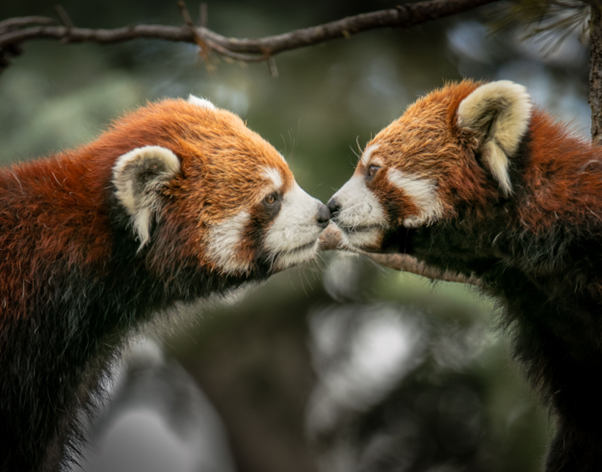
Are you aware of the Pyrenean ibex, Tasmanian tiger, Quagga, and other species that were a part of this planet not that long ago? Speciologie’s online collection features them all on classic cotton rich Tshirts, sweatshirts, hoodies and totes; each a nod to the species that human progress left behind. Speciologie tells the story of the importance of biodiversity and the role animals play in the survival of other species and ecosystems.
Step into a world where style meets conservation, and each purchase contributes to the International Union for Conservation of Nature’s pledge to preserve Earth's species.
If there’s anything these extinct and endangered animals have taught us, it’s that they all have a role to play in maintaining the natural order.
Here is what we mean by that statement.
The Vanishing of the Passenger Pigeon

Ectopistes migratorius, or the passenger pigeon, once painted the skies of North America with breathtaking spectacles. With slender bodies, pointed wings, and a distinct blue-gray plumage, they were the epitome of grace and vitality. However, the relentless march of human expansion sealed their fate.
Expanding settlements in North America resulted in rampant deforestation, drastically diminishing the passenger pigeon's nesting grounds. This encroachment on their habitat disrupted their reproductive patterns, hastening their decline. Yet, it was the unbridled hunting, fueled by commercial interests and a lack of regulatory oversight, that thrust them to the precipice of extinction.
We have a handle on hunting, but can we truly claim the same for deforestation, which continues unbridled to this day?
Echoes of Apex Predators
Extinctions reverberate beyond the loss of individual species, extending to the vast fabric of entire ecosystems. Apex predators, like the Tasmanian tiger and the Caspian tiger, were at the top of the food chain—when they walked the Earth. Their absence has disrupted the delicate equilibrium, leading to negative consequences.
The Tasmanian tiger, or thylacine, native to Tasmania and mainland Australia, and the Caspian Tiger, a formidable subspecies in Central Asia, were unparalleled in their roles as apex predators.
Cascading Effects: From Land to Sea

Their prowess in controlling prey populations ensured ecological balance. Yet, human impact, from hunting to habitat degradation, threw this equilibrium off-track, ensuring the survival and increase of non-native herbivore species that fed off plants and trees.
While the Tasmanian tiger maintained the balance by preventing the overpopulation of non-native species on land, sea otters do the same on water.
Consider the sea otter, which is all but decimated by the fur trade. It plays a crucial role in maintaining kelp forest ecosystems by preying on sea urchins whose favorite meal is, you guessed it, kelp.
With the animal’s numbers dwindling, sea urchin populations have surged, unleashing a chain reaction of destruction. The loss of kelp forests has reverberated across species reliant on this habitat, affecting everything from marine mammals to coastal ecosystems.
The extinction and near-extinction of these modern species have consequences, and their absence should make us reevaluate the choices we make as consumers.
The lessons learned propel us to support brands and practices that prioritize sustainability and habitat preservation. One of these brands is Speciologie, an extinct animal clothing store that puts the conservation of all species at the forefront.
Visit the online store to advocate for and support conservation methods through a Tasmanian tiger tank, Pyrenean ibex tote bag, and other clothes and accessories.
Reach out for questions and concerns regarding their message.
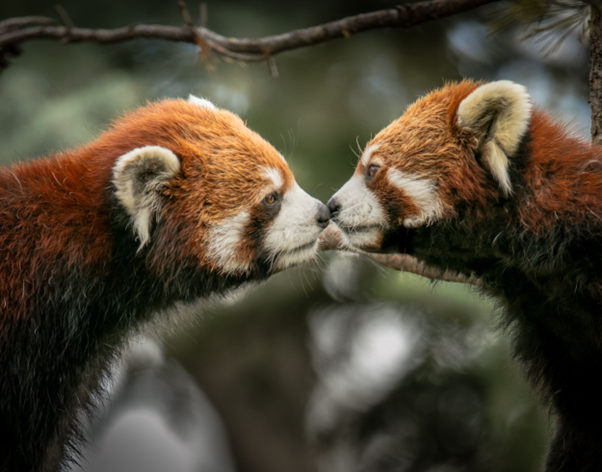

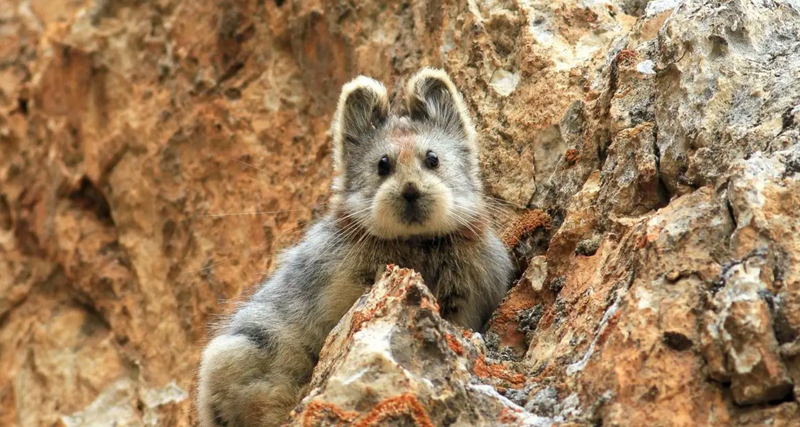
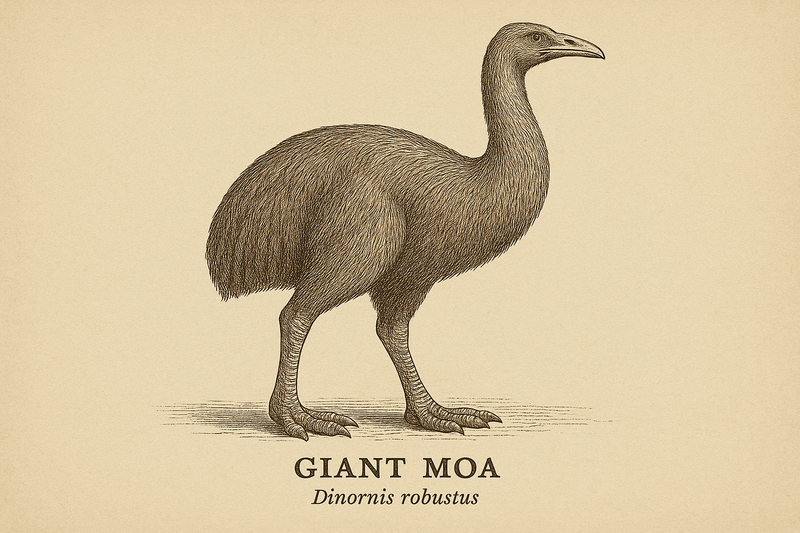
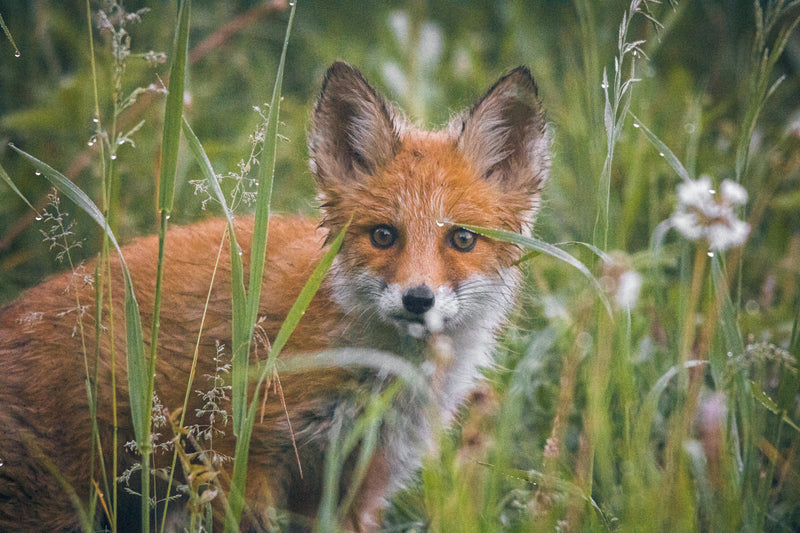

0 comments